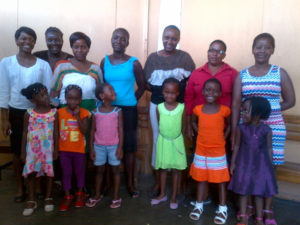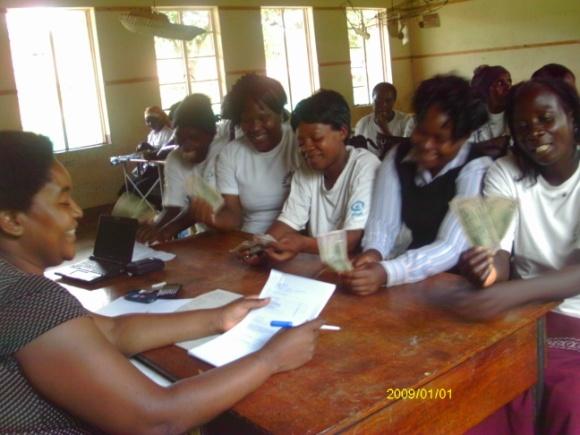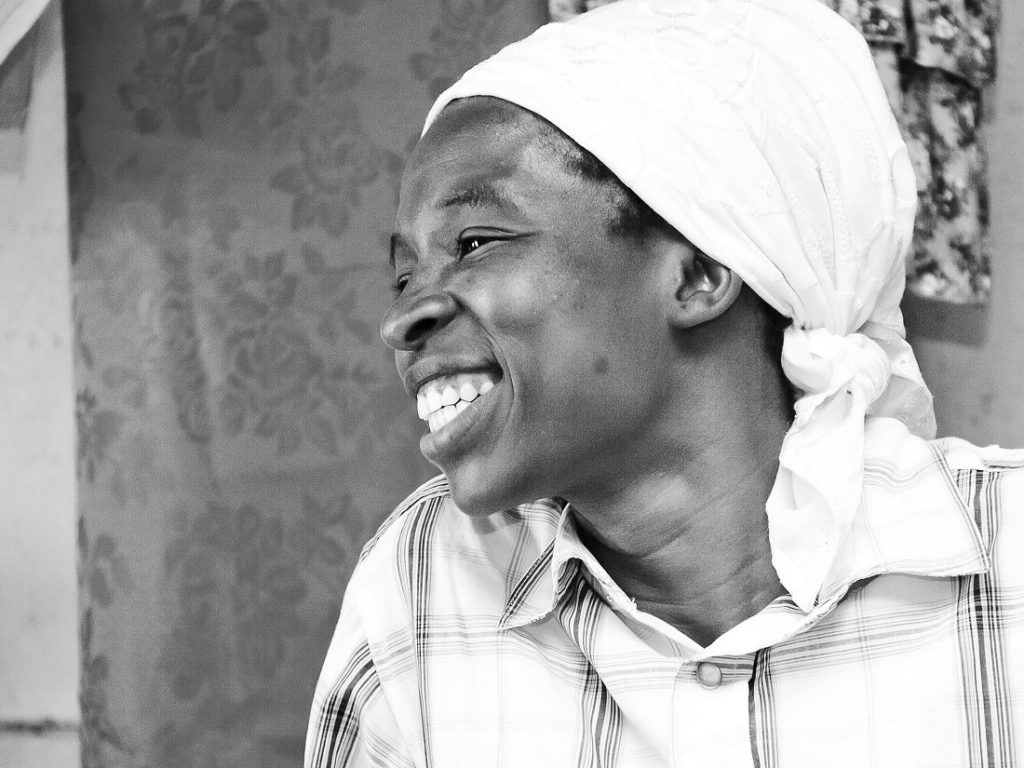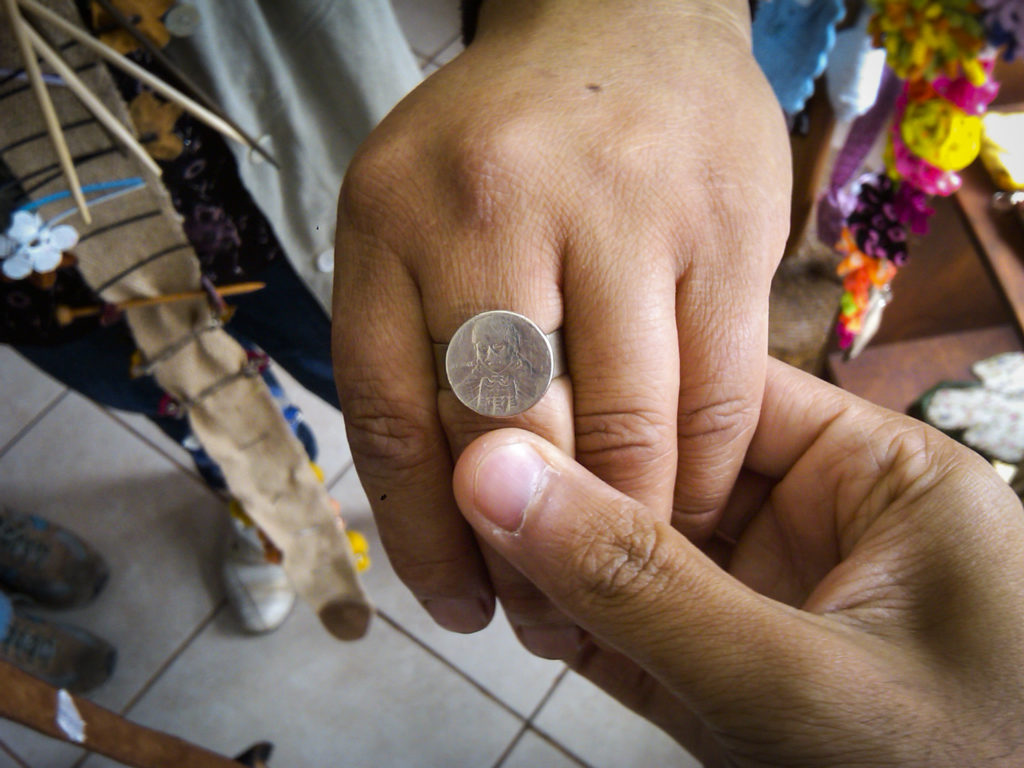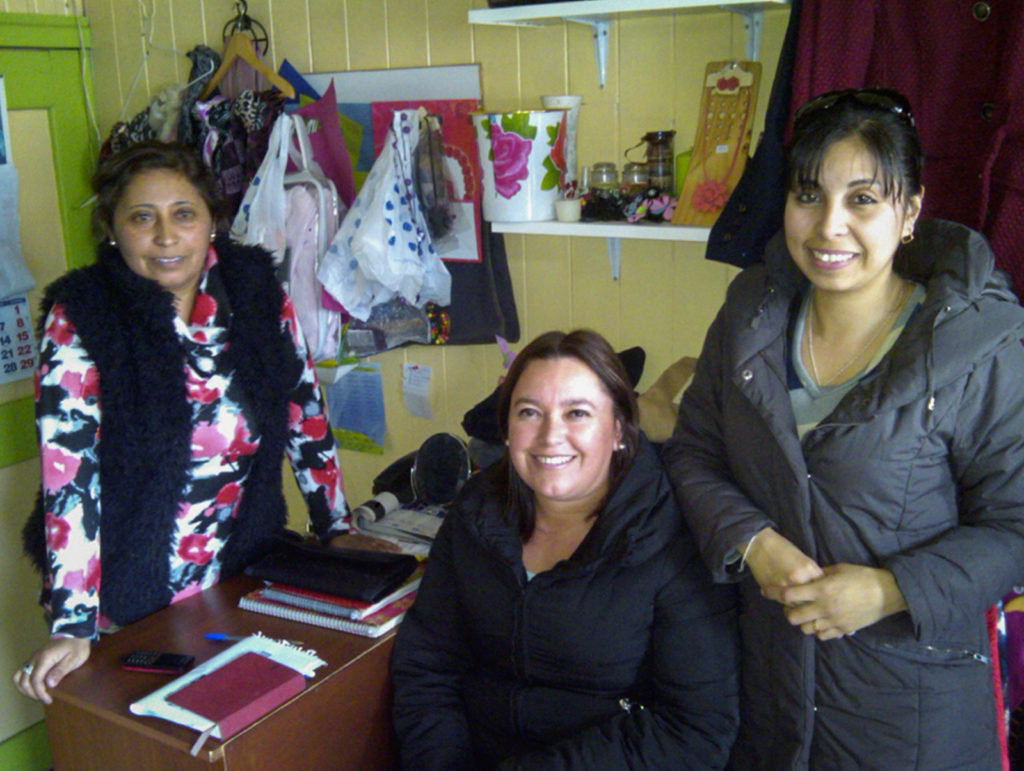When he first began SKIC, Shyam was asked countless times why he didn’t start it in India: “You’re of Indian origin, everybody is already there – why not go there too?” And that’s exactly why he didn’t. Shyam reasoned that, while there is plenty of demand in India, there’s also plenty of supply. He wanted to go somewhere where the supply was not meeting the demand, a place where he could truly help.
The place on his mind was Zimbabwe. In going to the London School of Economics, Shyam became good friends with a number of people from Zimbabwe, which was where he first became familiar with some of the country’s characteristics. “There’s a huge Zimbabwean contingent in London, mainly because of the political problems in their home country. But also because it’s a culture that values education and entrepreneurism a great deal. I learned all of this by studying in London with a number of people from Zimbabwe – and I was always impressed by them as students, and as people.”
Zimbabwe earned a special place in Shyam’s heart then, but it wasn’t until later that he thought to make it such a big part of the charity – and of his life. His previous job required him to do a lot of work in southern Africa and through that he got back in touch with his close friends whom he had met in London. They told him not the believe the headlines about Zimbabwe and encouraged him to go there. Shyam had always told them,
“I’m happy to do something positive, but where can we, with our limited resources, make the greatest impact? Whether financial resources or intellectual resources or energy, we want the most bang for buck. That’s the way to maximize your impact. So I went to Zimbabwe because I had a feeling we could make a positive and unique impact there. And that’s exactly what I found; these are people who are English speaking; they’ll get an education if it bankrupts them, very smart entrepreneurs, very globalized. They understood what it takes to make something from nothing.”
When Shyam made his initial visits, he realized how isolated Zimbabwe was – the entire world had turned their back on them because of an old ossified governing elite, who had no idea what was happening at the grassroots level. And the people were punished for the transgressions of that elite. “I knew that it would be the perfect place for us to go working, at least for us to do our development work,” says Shyam.
Shyam deliberated about how to engage Zimbabwe. He wanted to help and they needed help – but how? He realized that microfinance was the ideal approach because it was a concept that tapped into their entrepreneurial spirit, and their community-mindedness as well. Shyam notes,
“They are very focused on local business, local economy, creating value locally. But it also was sensitive towards their pride. Zimbabwe people are very proud. Since their independence in 1980 until about 2000, they led Africa in literacy, economic productivity, and were revered as the breadbasket of Africa. They’ve always been productive people. They’re very proud of their culture and of their history. So I knew that they did not just want to be handed out money. I knew they wanted to be treated as equals, as members of the global community, because there was every reason saying that they were going to break out of this funk very soon. Micro-finance was so ideal for their situation. ”
He continues, “In Zimbabwe, as far as I could tell, we were the only people providing microfinance on a not-for-profit basis in the entire country. At least from a point of view of being registered as a proper not-for-profit. There are plenty of people making loans for profit, and there are people doing it informally in a not so organized way. When we started in 2010, nobody else was doing this.”
And so Shyam found his place – one where there was demand, but not much supply. And one in which the people didn’t want to be handed money, but wanted to work for it. Three years later, and SKImfi participants continue to astound Shyam with their innovation, drive, and entrepreneurial skills


